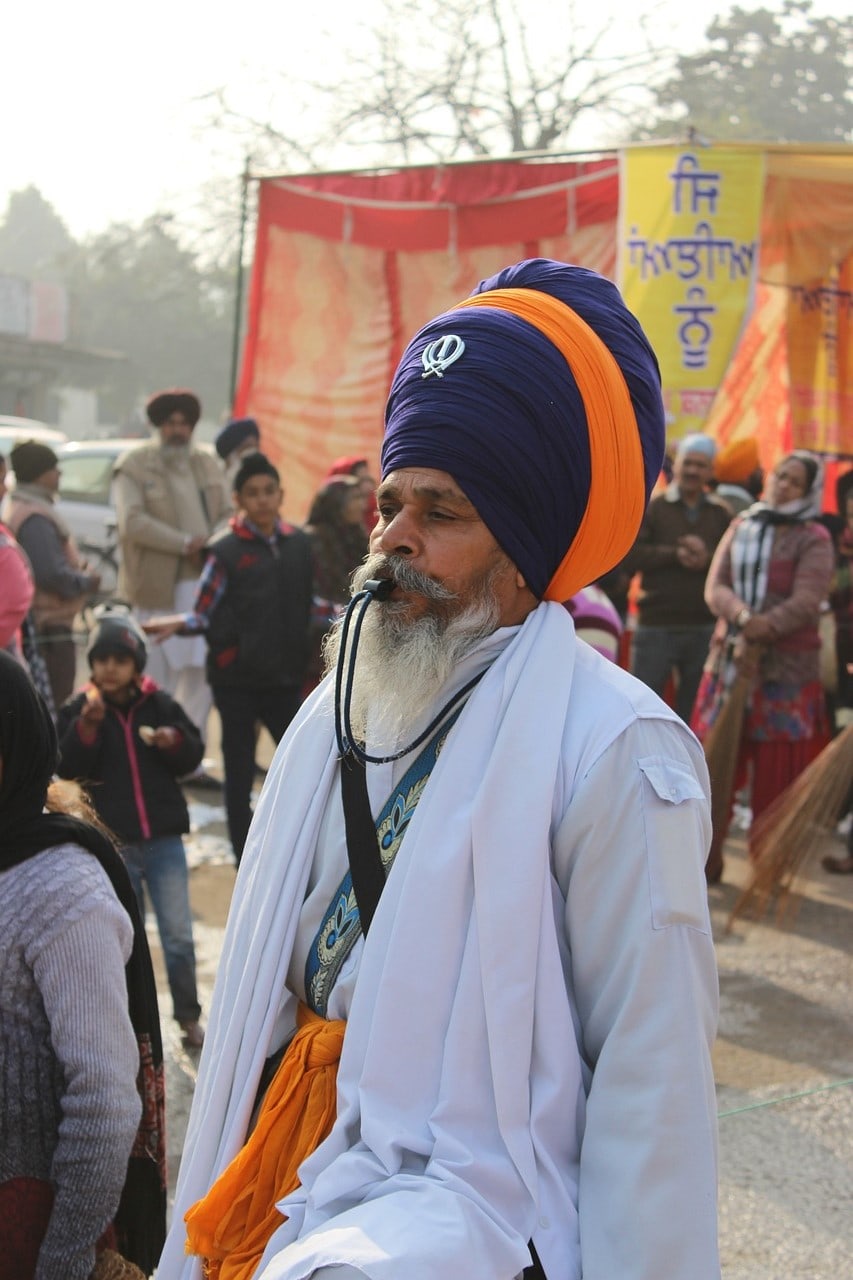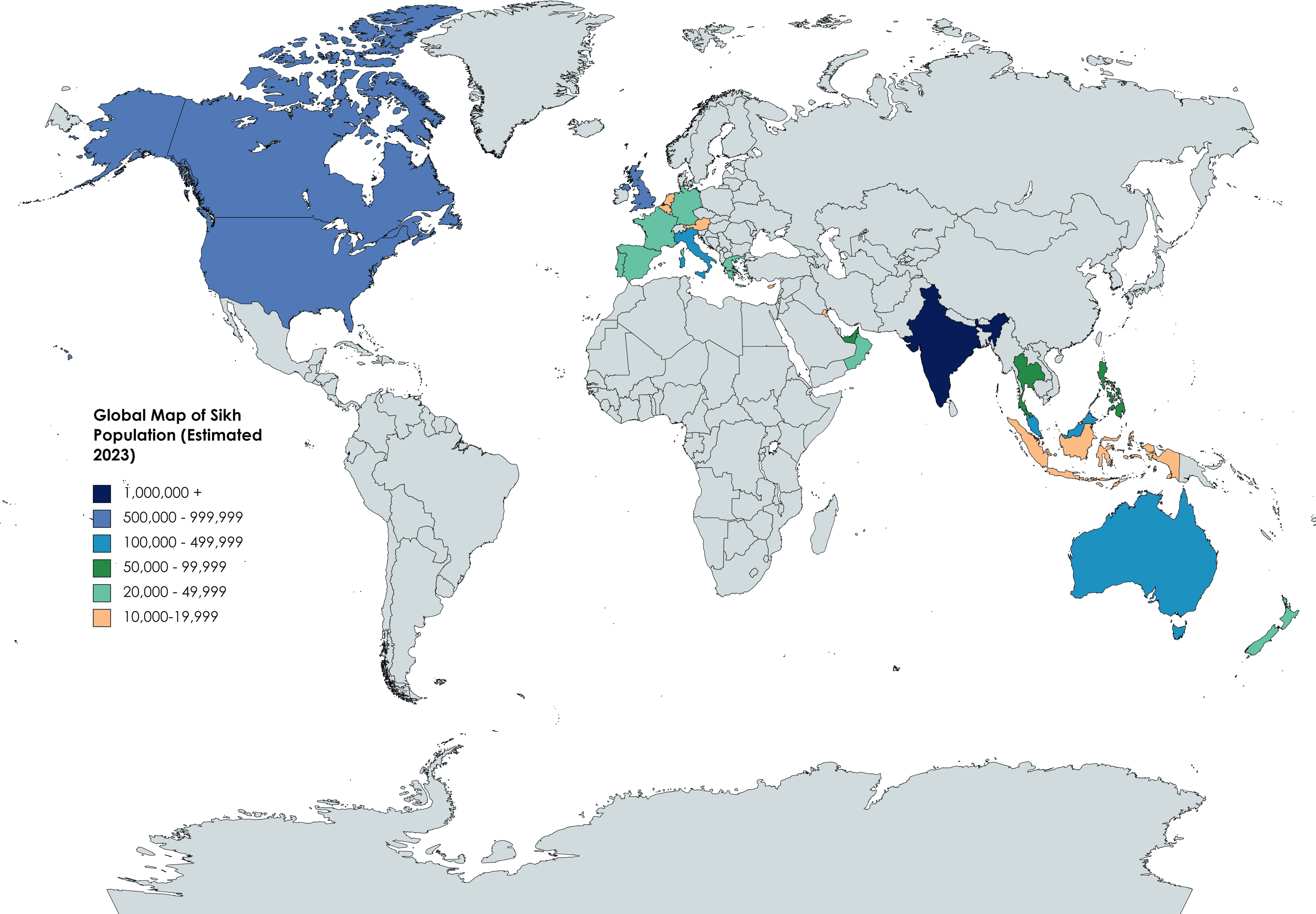
Sikhism is one of four major religions to have arisen out of the region that is now India and Pakistan. Today, of the roughly 26.5 million Sikhs, 90% live in India, though the United States has the second-largest Sikh population in the world at around 700,000.
Sikhs, often unfamiliar to Westerners, are sometimes confused for Muslims or Hindus, but while Sikhism has close historical ties to both religions, it is a distinct faith.
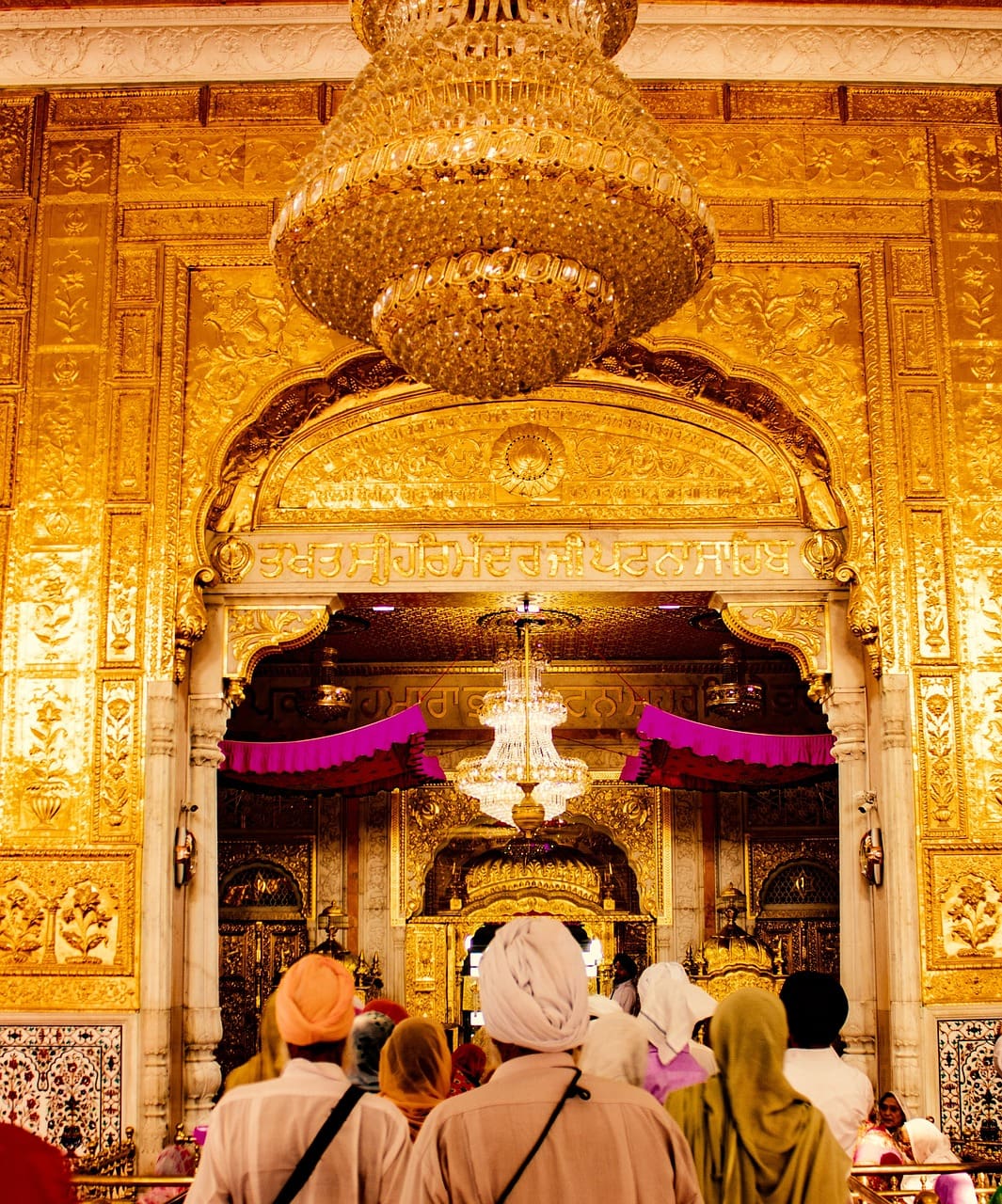
The History of Sikhism
Born in what is present-day Pakistan, Guru Nanak Dev founded Sikhism around 1500 CE. Much of the religion’s initial growth occurred in what is now the Punjab state of India.
While scholarly historical documents are scant, the details of Guru Nanak’s early life are recounted through the Janamsakhis, Sikh texts that mix myth and historical detail to recount his spiritual development.
Born into a Hindu family in 1469, Nanak lived among both Muslims and Hindus. He is said to have been an especially spiritual child who spent hours in meditation. However, as he matured, he came to question the caste system and rituals of his family’s Hinduism.
Breaking with the polytheism of Hinduism, Nanak came to believe in a singular god, in part due to his friendship with Bhai Mardana, a Muslim minstrel who is considered the first Sikh convert. Along with Mardana, Nanak embarked on a spiritual journey – both literally and figuratively – traveling much of Asia and sharing the truths he believed had been revealed to him.
Those truths, which blend aspects of Hinduism and Islam, are the roots of Sikhism.
The God and Gurus of Sikhism
In Sikhism, there is one God, Va-higuru (or Waheguru: “wonderful teacher”). This differentiates it from the other three major religions that arose out of India: Hinduism, Buddhism, and Jainism.
Va-higuru is omnipresent and can be “seen” by those who are spiritually attuned, generally achieved through meditation. In Sikhism, God has no gender and is not limited to Earth, even having created life on other planets.
Though individual Sikhs can communicate with God through meditation, the religion was initially built around 10 Gurus (“teachers”), of which Nanak was the first. These Gurus, said to be imbued with a special spiritual knowledge, guided the religion for two centuries until the final human Guru, Guru Gobind Singh, died in 1708.
There now exists a “living Guru”, Guru Granth Sahib, which is not a person but the scriptural texts of Sikhism. These texts comprise poems and other writings of Nanak and his successors.
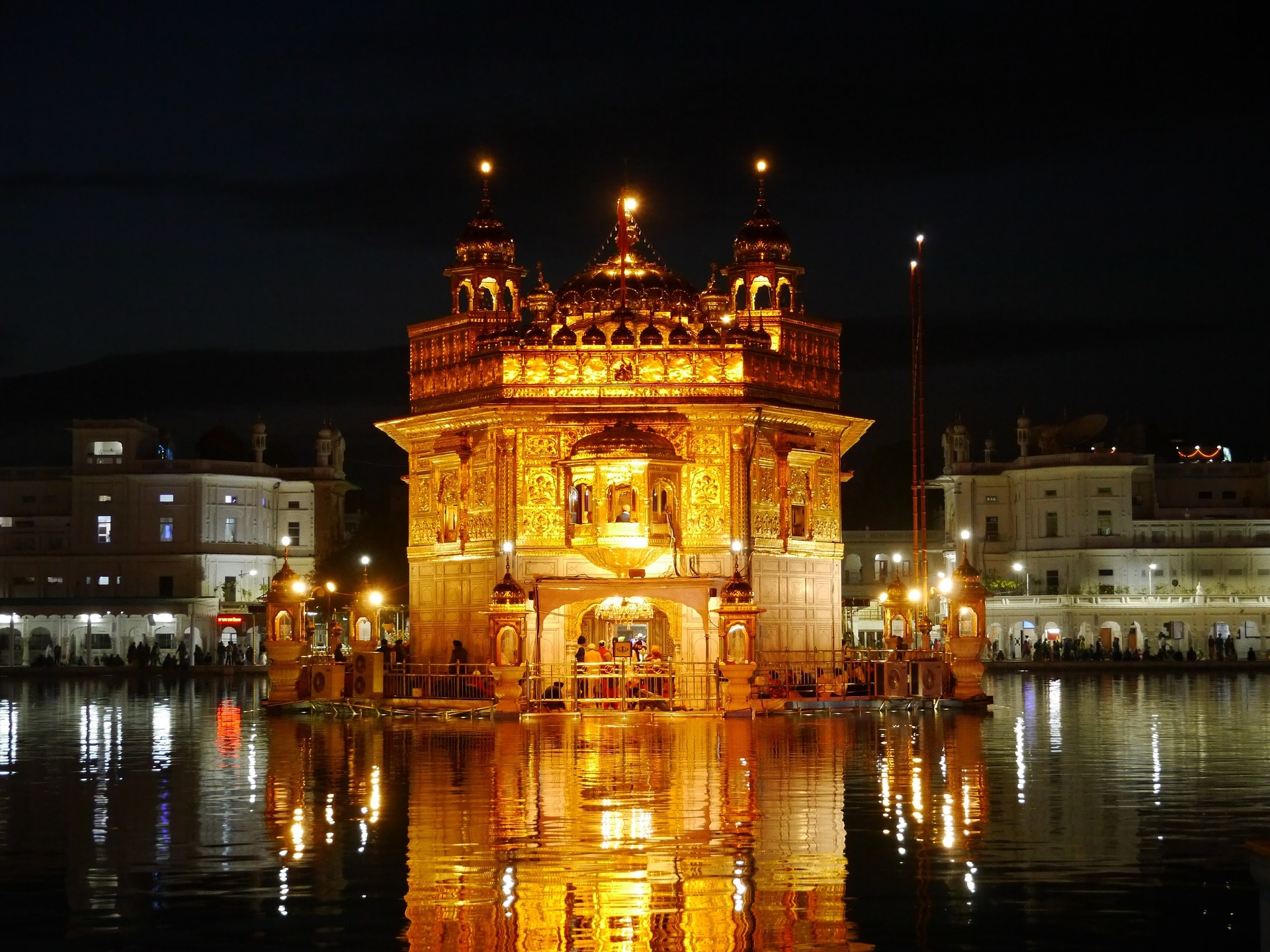
The tenets of Sikhism
There are three pillars or of Sikhism: Naam Japna, Kirat Karo (Kirat Karni), and Vand Chakko (Vand Chakna).
Naam Japna literally translates to the chanting of God’s names. Such meditation is a daily practice for Sikhs. Kirat Karo is a call to live honestly and be truthful. Sikhs are expected to work hard while living a moral life. Finally, Vand Chakko is the practice of sharing one’s wealth with others. Sikhism puts considerable emphasis on community and caring for those in need—materially, spiritually, and physically.
In Sikhism, there are also five “evils” or categories of sin, known as panj vikar. Similar to the seven deadly sins in Christian teaching, these are human vices that hinder one’s path to truth. The five sins are kam (lust), krodh (anger), lobh (greed), moh (attachment to worldly things), and ahankar (ego).
Of these sins, ego is considered the worst, lying at the root of all human failings.
Sikhs do not believe in a heaven or hell, but rather they believe in five levels of spiritual attainment. The final level, Sach Khand, refers to unification with God. Individuals ascend the levels by following the three pillars and overcoming their ego.
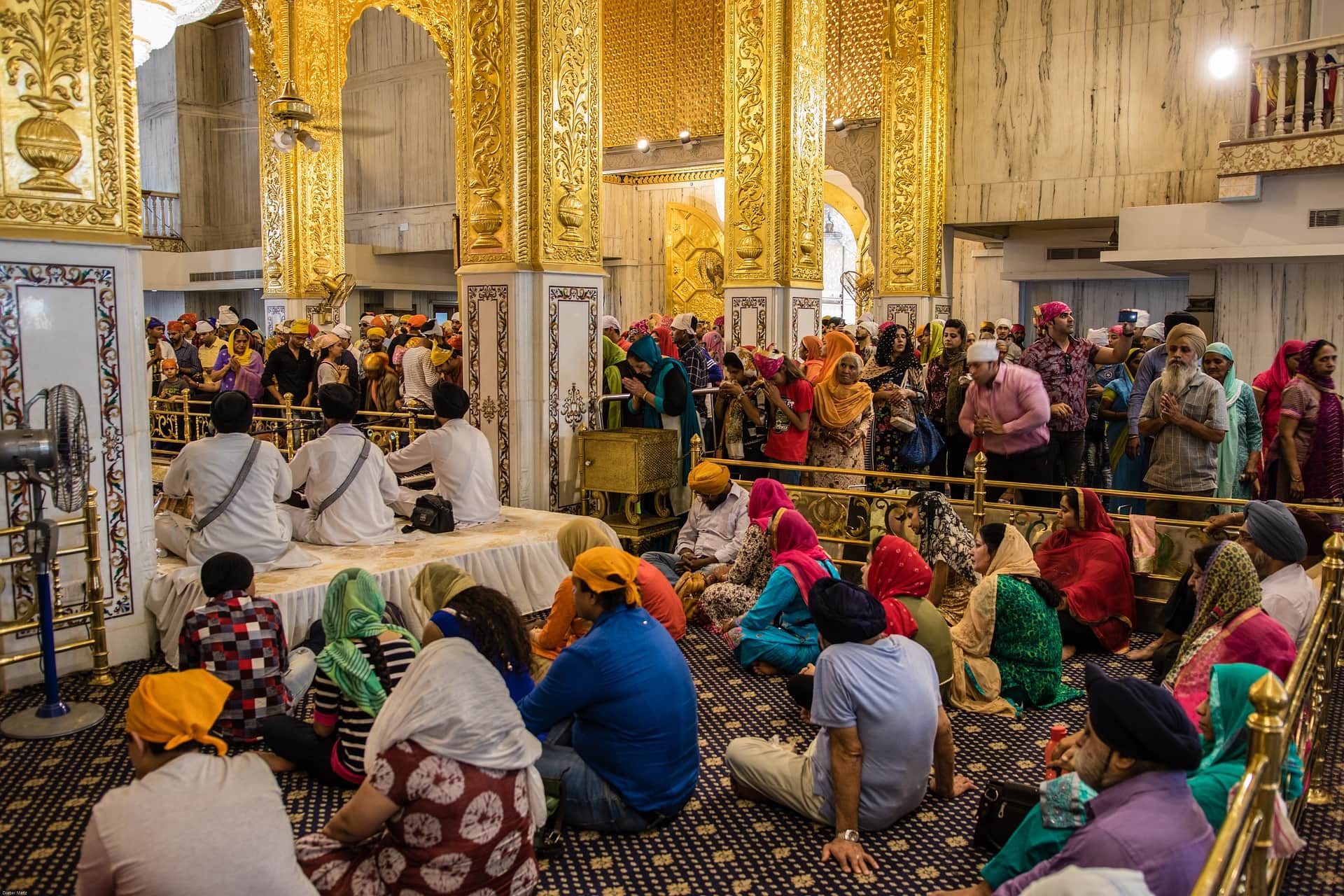
Sikhs in India
With their considerable numbers in India, Sikhs have often faced oppression from the dominant Hindu majority. However, Sikhs have also been the aggressor. In 1947, as Muslim refugees were traveling to Pakistan following the partition of India and Pakistan, a group of Sikh militants killed 3,000 refugees on a train in Amritsar, a city in the Punjab region.
Despite a contentious history, in 2004, Manmohan Singh became the first Sikh prime minister of India, serving until 2014, when he was succeeded by Narendra Modi, a right-wing Hindu nationalist.
In recent years, hardline Sikhs in India have attacked the Christian minority in the Punjab state. In some of these attacks, churches have been burnt down, pastors have been attacked, and Christian women have been beaten.
